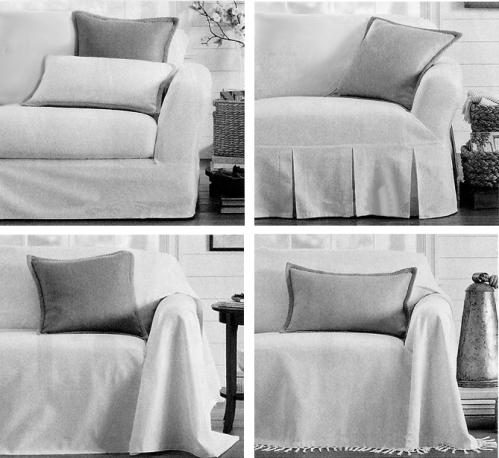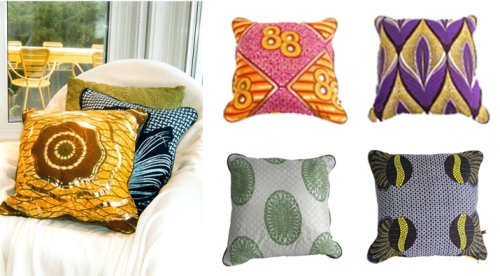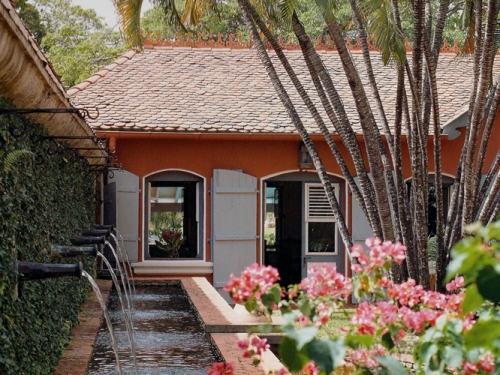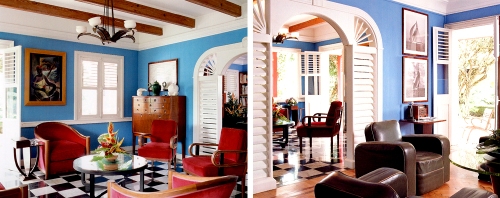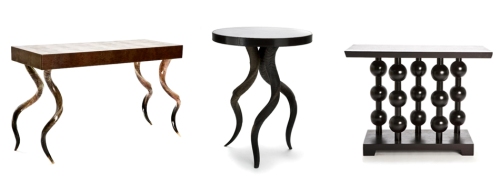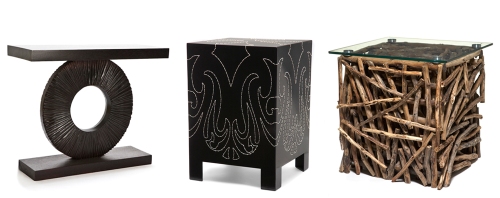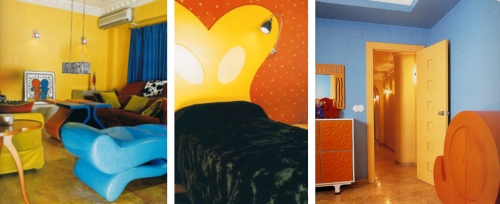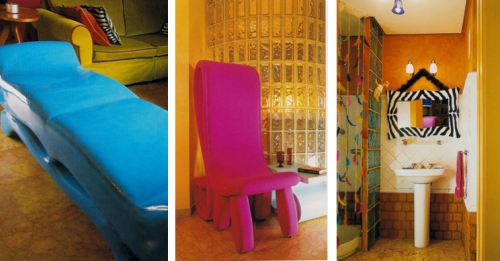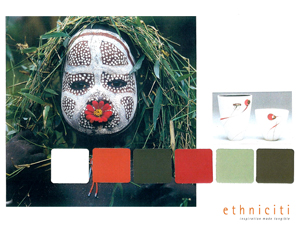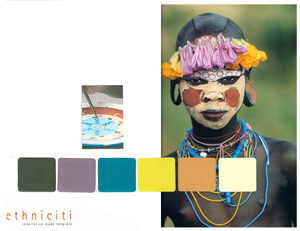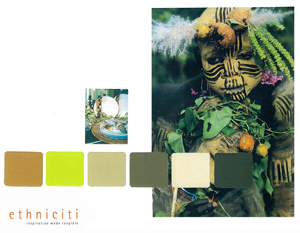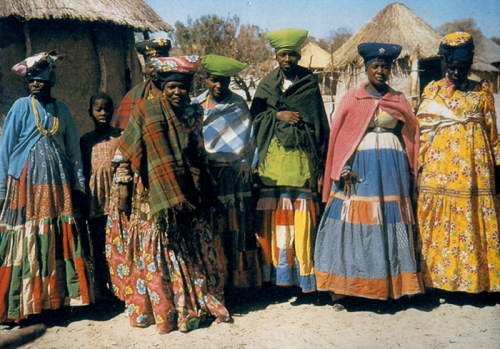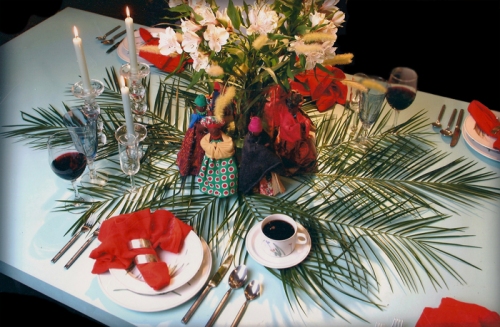
Clearly there is much (sometimes too much) to talk about regarding the need for more diversity in design. There are fundamental issues about awareness and access to markets and then there are truths.
As designers, the question we should be asking of ourselves is, “What are we doing on our own to advance the notion of African-inspired design?”
I can think of no better answer to that question than malene b. She has taken her enormous skills as a designer and experience as a marketer and created a tangible response to this notion of diversity and global design.
Her line of custom, handmade carpets should be inspiration to us all. I had the pleasure of speaking with malene recently and she was gracious enough to give us an update.
ethniciti: Can you tell us about your design philosophy?
malene b: There is pattern in everything. Color makes our lives better. Design should speak to one’s soul, and inspire you to think differently, to feel good as well as serve a function.

TIMBUKTU (tim-buk-too) / The raised and recess areas of this design capture the ancient mud architecture of Mali by incorporating soumak and cut pile techniques.
ethniciti: What first inspired you to become a home fashion designer?
malene b: Well, first, I’m actually a carpet designer. I studied textile design at FIT in New York City. After graduation, I worked as the design director for Afritex, designing African print fabrics. Later, I worked for Nourison Rugs, one of the largest importers of handmade rugs in the world, as their first in-house designer. Initially, I designed their area rug collections, but soon became design manager for the company’s very successful accent rug division. At Nourison, I was given the opportunity to develop fashion-forward designs that changed how accent rugs were viewed.
Around 2003, I began thinking of creating my own company. However, my focus then was on creating innovative bedding designs for the home furnishings industry. In the summer of 2008, I decided to focus on my passion on carpet design and that’s where my company began to form — malene b custom handmade carpets.
My goal as the principal of malene b, is to create carpets that merge my artistic background and passion for global travel. I wanted to create a company that not only produces great carpet designs, but also inspires others to experience the world through a unique art form.

Market Women / My admiration for the strength of women around the world has been interpreted in a classic stripe.
ethniciti: How does your design philosophy take shape in your carpet design
malene b: My carpet designs use bold colors, interesting patterns and tell a story.
ethniciti: Your are originally from New Your with roots in the Caribbean. How has this background shaped your design point of view?
malene b: I was born in the Bronx and grew up in Connecticut. Since both of my parents are from the Caribbean, I was fortunate enough to travel outside of the country at a young age. During my travels I was able to experience different foods, art, and lifestyle. Those experiences have encouraged me to explore the world more and have become the catalyst for how I view and experience the world today.
ethniciti: What would you describe as your design signature?
malene b: My design signature is illustrative motifs, bold colors and patterns.

Masks / The traditional art of wood carved ceremonial masks is interpreted in a textured multi-dimensional design."
ethniciti: What was the inspiration behind the design of your collection?
malene b: Each collection has a different point of view. The Signature collection is inspired by global art and culture. These carpets are the focal point of a room or can be a great addition to complete a room. The Classics collection is an exploration of traditional global icons using classic textile repeats; ideal for wall to wall carpeting needs. The Textures collection is a celebration of nature’s organic glamour; these pieces are designed to blend into an environment.
ethniciti: Ethnic cultures are playing a more important role in the world of design. What do you see as the next stage in this development?
malene b: I see the global influences in design as a never-ending source of inspiration. I think it is great to see so many cultural references; it teaches people about the beauty of other cultures and allows them a glimpse into a community. I think global influences will encourage individuals to explore the world even more, and people will further develop their personal style.
ethniciti: What trends should readers pay attention to in 2010?
malene b: Socially-conscious companies – I believe there will be more companies supporting more non-profit organizations that are in sync with their philosophy.
Green Products are here to stay.
Meaningful spending – after going through these difficult economic times people are going to spend their money more consciously and on items that they truly love.
ethniciti: What is next for malene b in 2010?
malene b: A new collection for Fall 2010. malene b as the first company designers think of when then need a carpet to complete a room.
See all of malene b’s designs at: http://www.maleneb.com/





